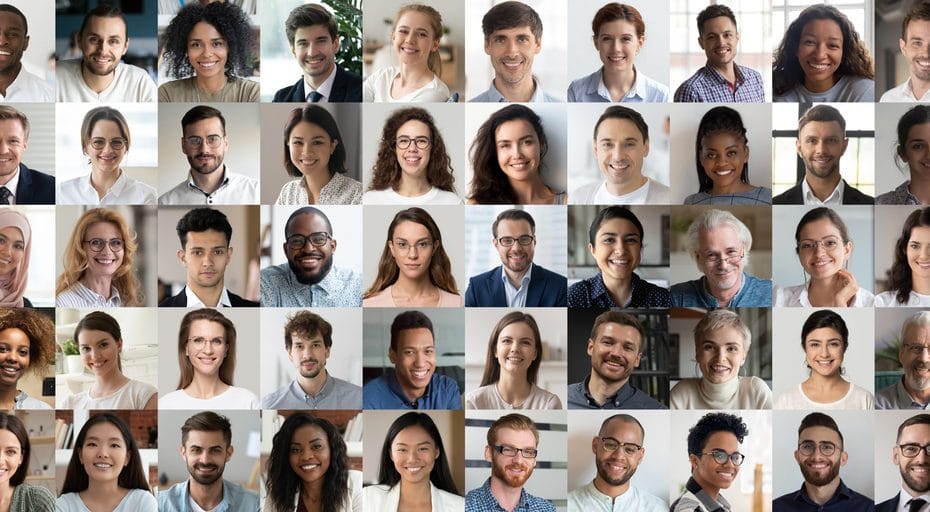Imagine two employees, born on the same day, joined the company on the same day, same role, and same level within the company. However, they are completely different people with different aspirations.
“One size fits all” will fail both.
In Reward, for instance, as Incentive and Motivation points out: What’s the point of providing football tickets to your top-performing sales staff if they don’t like football? (Incentive & Motivation, 2021)
If only one or none of your sales team like football, it’s not worth it.
Allowing employees to personalise elements of their reward makes them more engaged. Just because someone is 55 years old doesn’t mean they necessarily want to put more money into their pension (and it’s arrogant to think they have to).
In the world of Personalised Benefits, “Employees expect to have access to benefits that suit them, right now.” As Helga Viegas points out: “Medical insurance is at the heart of [these personalised benefits]. We are already seeing an increasing demand for, and the delivery of, benefits covering gender reassignment, fertility treatments such as egg freezing, and mental health programmes, for instance. (Viegas, 2020)
In Learning & Development it has long been clear that “you should no longer teach everybody the same lesson at the same time” … [By] “allowing learners to set their own goals and work independently from the trainer… they can learn at their own pace and take ownership of their learning progress.” (Schwartz, 2021)

